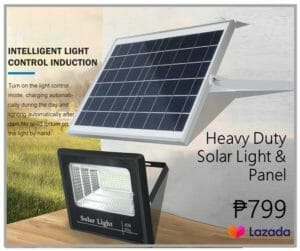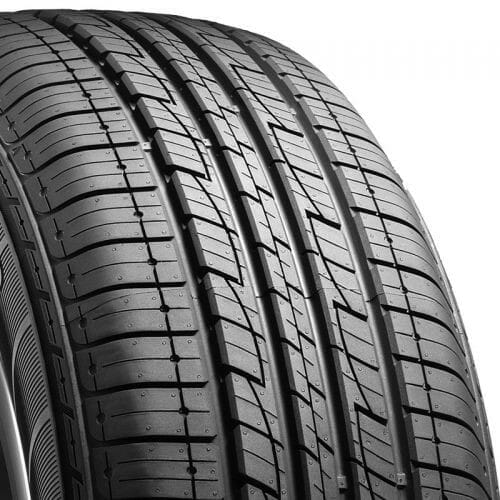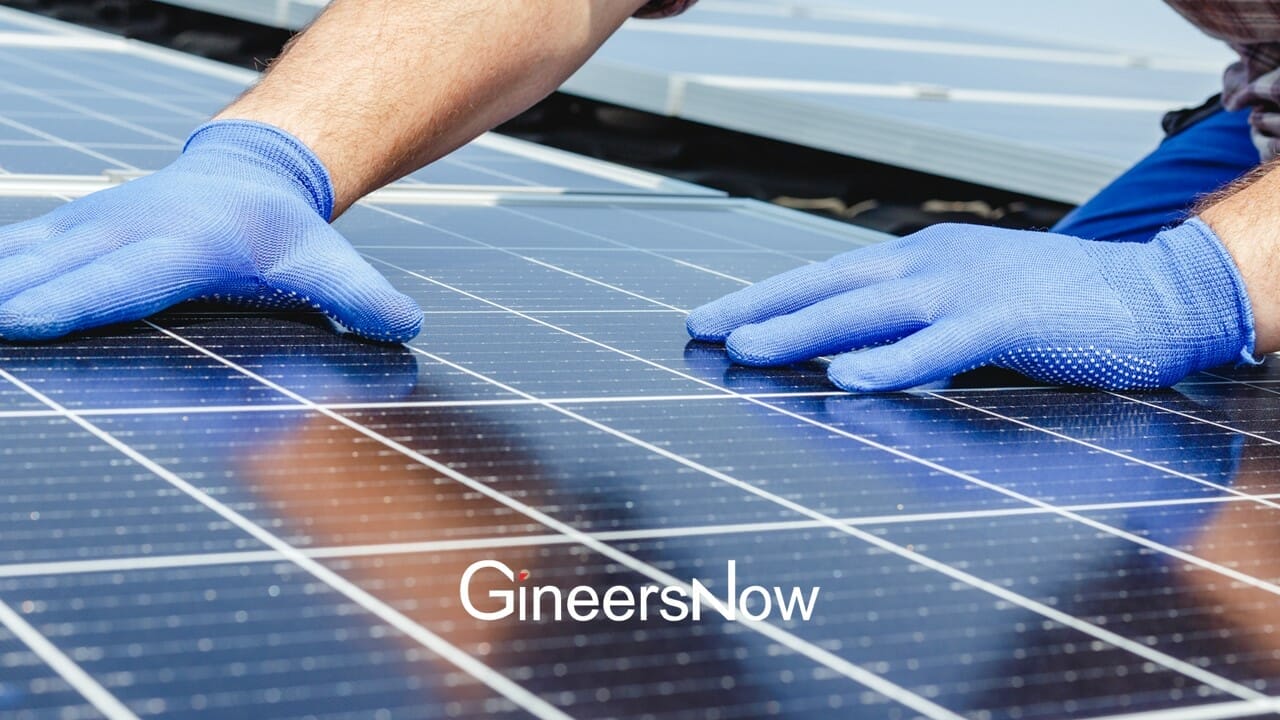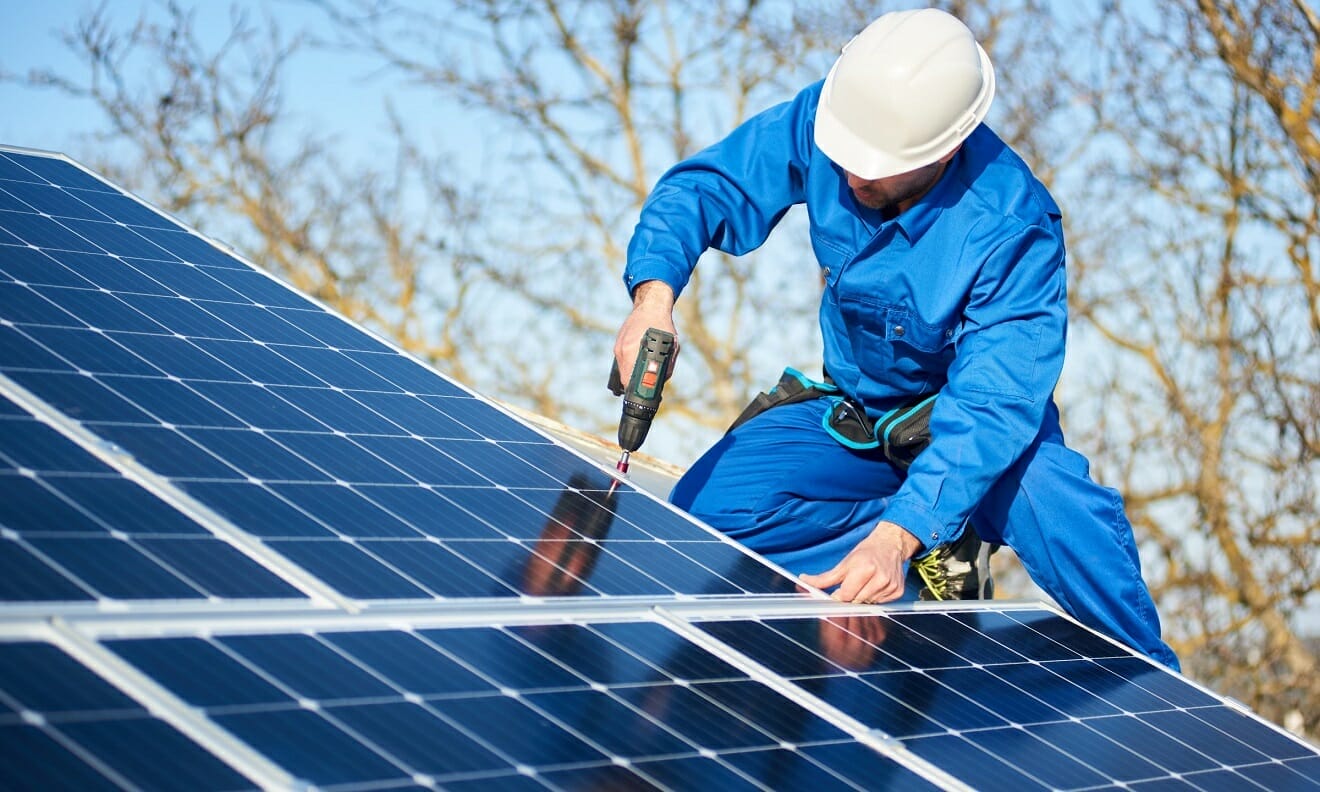Extremely Lightweight Solar Cells is the Future of Renewables
As renewable solar cells and the Internet of Things have become the mainstream, the renewable energy revolution is on its way according to a new study at Massachusetts Institute of Technology.
It seems like a move to entirely renewable energy within 20 years is really possible.
According to the study of Professor Vladimir Bulovic Wang and doctoral student Joel Jean published at the Organic Electronics, scientist can build light weight yet efficient solar cells. It has been said to be of a great magnitude thinner and lighter as described by Max Shtein of University of Michigan. It has tremendous implications for maximizing power-to-weight.

Bulovic told the publication that the key to this new concept is making three in once process which includes the cell, the substrate and the protective coating. The substrate should not be cleaned or be removed from vacuum during fabrication process to minimize dust exposure that can degrade over all solar cell performance.
Materials were also meticulously chosen and tested for production process especially in the in-line substrate, they also considered thin-fil substrate like perovskites, quantum dots and other organic layers. And to demonstrate the lightweight solar cells, they draped a working cell on top a soap bubble, without actually popping it. Wow!
This is definitely revolutionary. Imagine the convenience and advancement it could make to all our gadgets and tools if this is mass produced? We’ll see.
What is a Perovskite cell?
A PSC is a type of solar cell that includes a perovskite structured compound, most commonly a hybrid organic-inorganic lead or tin halide-based material, as the light-harvesting active layer.
Perovskite cells bring plenty of potential advantages that have led some to see them as a potential alternative or successor to current silicon-based photovoltaic cells. They offer the potential of being relatively cheap to produce and simple to manufacture.
They also have low embodied energy (which means they are not energy intensive to produce).
And they are extremely efficient at producing electricity.
Solar cell efficiencies of devices using these materials have increased from 3.8 per cent in 2009 to 22.1 per cent by early 2016, which makes PSC the the fastest-advancing solar technology on record.

Source: inhabitat


















